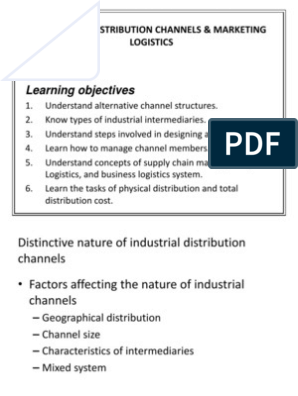0% found this document useful (0 votes)
229 views2 pagesConsumption, Savings and Investment
Consumption refers to spending on goods and services that provide direct satisfaction. It is a major component of national expenditure. Factors influencing consumption include income distribution, interest rates, population levels, income levels, taxes, and individual attitudes. The consumption function analyzes the relationship between income and consumption using the average propensity to consume and marginal propensity to consume. Savings is income not spent on consumption and is derived from the consumption function. The marginal propensity to save and average propensity to save measure the relationship between changes in income and savings. Investment is expenditure on capital goods used to produce other goods. Determinants of investment include the marginal efficiency of investment, interest rates, population levels, price levels, technology, peace and order
Uploaded by
RIZZA MAE OLANOCopyright
© © All Rights Reserved
We take content rights seriously. If you suspect this is your content, claim it here.
Available Formats
Download as DOCX, PDF, TXT or read online on Scribd
0% found this document useful (0 votes)
229 views2 pagesConsumption, Savings and Investment
Consumption refers to spending on goods and services that provide direct satisfaction. It is a major component of national expenditure. Factors influencing consumption include income distribution, interest rates, population levels, income levels, taxes, and individual attitudes. The consumption function analyzes the relationship between income and consumption using the average propensity to consume and marginal propensity to consume. Savings is income not spent on consumption and is derived from the consumption function. The marginal propensity to save and average propensity to save measure the relationship between changes in income and savings. Investment is expenditure on capital goods used to produce other goods. Determinants of investment include the marginal efficiency of investment, interest rates, population levels, price levels, technology, peace and order
Uploaded by
RIZZA MAE OLANOCopyright
© © All Rights Reserved
We take content rights seriously. If you suspect this is your content, claim it here.
Available Formats
Download as DOCX, PDF, TXT or read online on Scribd
/ 2































































































